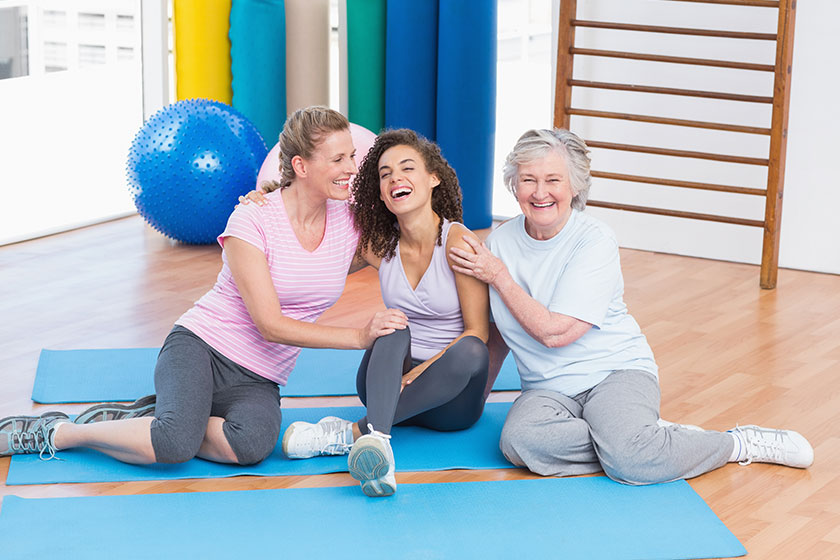Empowering Parkinson's Journey: The Vital Role Of Exercise In Aging Well

Parkinson's disease, while challenging, does not have to dictate the entirety of one's golden years. Embracing proactive measures, such as incorporating Parkinson's exercise into daily routines, can make a world of difference. As many retirement communities and healthcare professionals advocate, engaging in regular exercise tailored for this condition not only aids in symptom management but also bolsters overall well-being, paving the way for older adults to lead fuller, more active lives.
Impact of Exercise: The Science Behind
It is not merely anecdotal evidence that suggests the benefits of exercise for those with Parkinson's. Several studies have showcased how targeted physical activity can positively influence the neurochemistry of the brain. Parkinson's exercise can increase dopamine levels—a neurotransmitter that's often reduced in individuals with this disease. Moreover, exercise boosts the production of neurotrophic factors, which support neuron health and growth. As a result, your loved ones can experience improvements in mobility, balance, and even cognitive functions.
Tailored Workouts for Optimal Results
Generic exercises can offer some benefits, but Parkinson's exercise is specifically designed to address the unique challenges faced by those with the condition. From improving gait to enhancing hand-eye coordination, these exercises target areas most affected by Parkinson's. Activities such as tai chi, dancing, and aquatic exercises have gained popularity in many retirement communities due to their dual benefit of being enjoyable and therapeutically effective. Encouraging your loved one to participate can provide them with a sense of accomplishment and improve their physical condition.
The Social Aspect: Group Classes and Community Support
Exercise does not just offer physical benefits; there is a significant emotional and social component as well. Many retirement communities offer group Parkinson's exercise classes, fostering a sense of camaraderie and mutual support among participants. Engaging in group activities can lessen feelings of isolation, thus giving older adults the opportunity to share their experiences, challenges, and triumphs. This shared journey can be a source of immense encouragement, reminding your loved ones that they are not alone in their fight.
Establishing a Sustainable Routine
While the benefits of Parkinson's exercise are manifold, consistency is key. It is essential to establish a sustainable routine that your family member can adhere to in the long run. Start with shorter, more manageable sessions and gradually increase the duration and intensity as they become more comfortable. Seek the advice of physical therapists or professionals within the retirement community who can guide you in creating a tailored plan. Remember, the goal is not just to exercise for the sake of it but to enhance the quality of life and ensure that the elderly can enjoy their days with vigor and enthusiasm.
A Journey of Empowerment
Parkinson's disease, though daunting, can be approached with hope and determination. Through the integration of Parkinson's exercise, older adults have the tools to combat many of the condition's challenging symptoms. By leveraging the power of movement, coupled with the support of retirement communities and fellow participants, your loved ones can rewrite their Parkinson's narrative. It becomes not a story of limitation but one of empowerment, resilience, and the relentless spirit of aging well despite life's challenges.